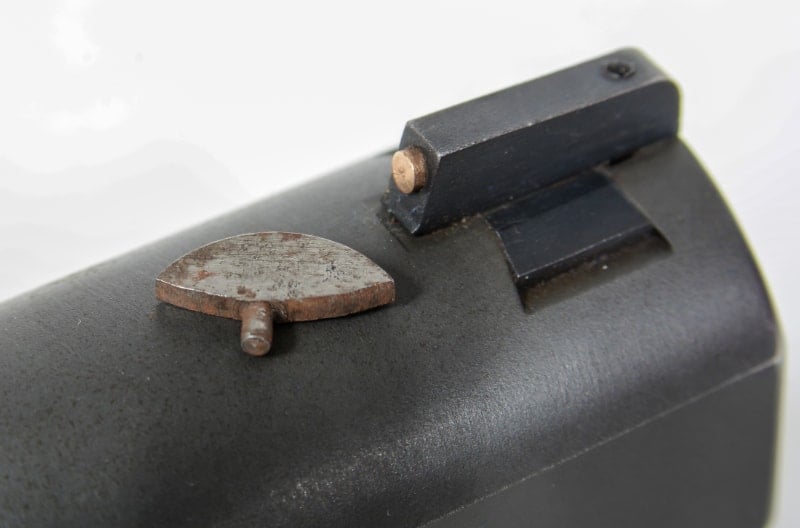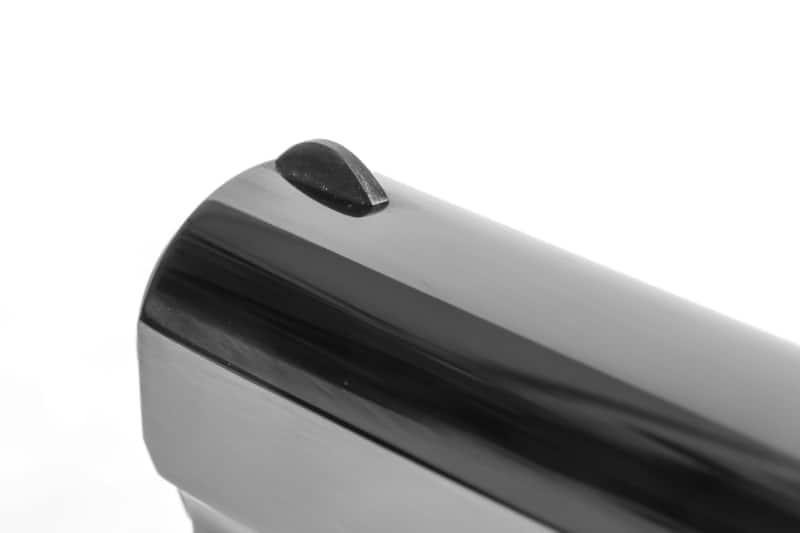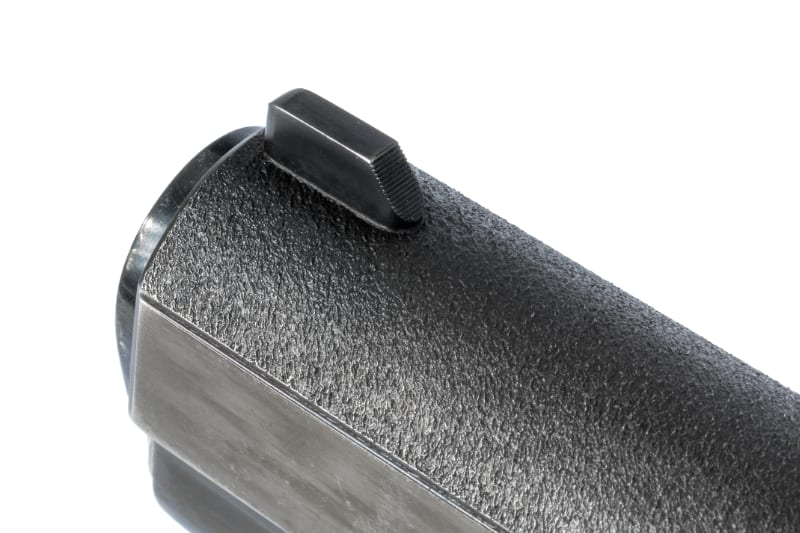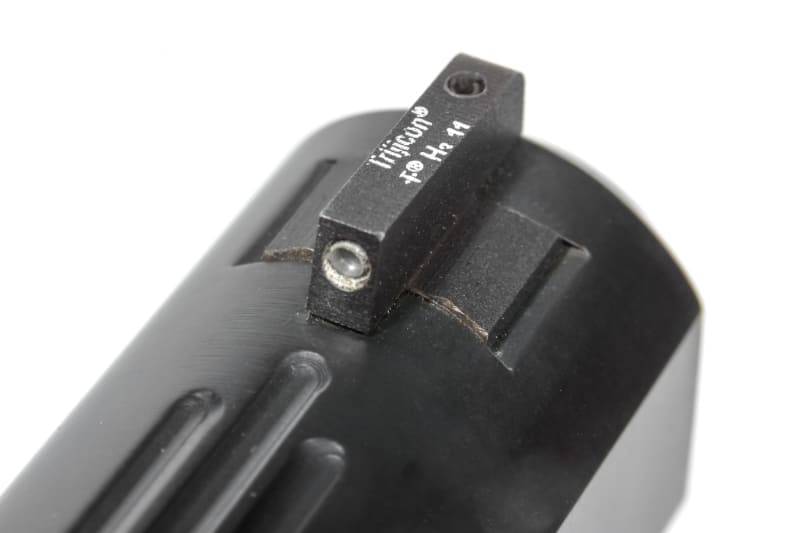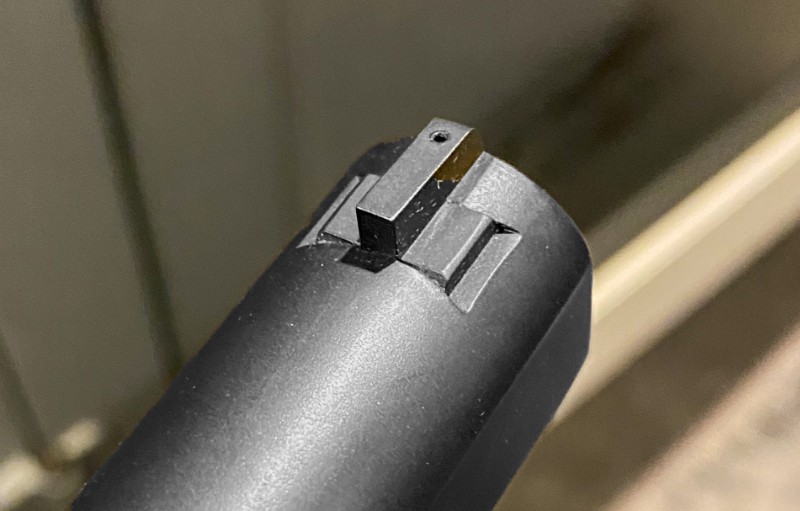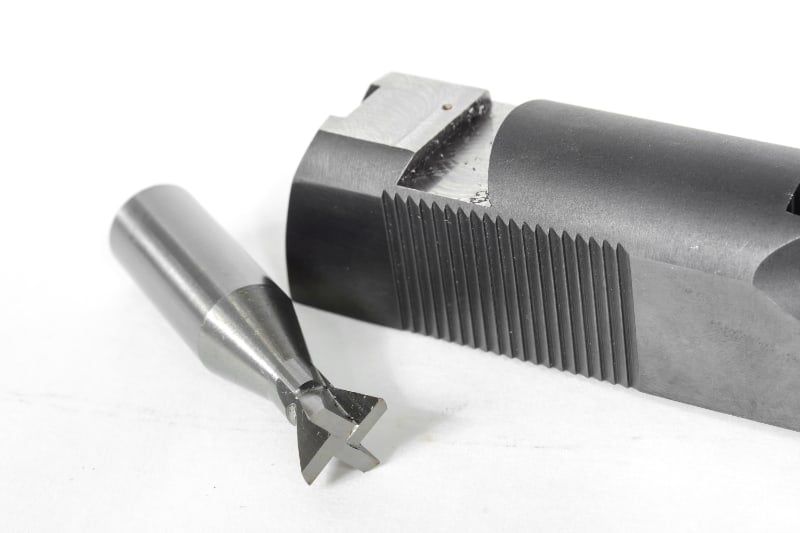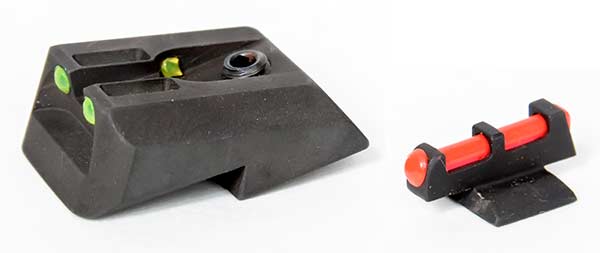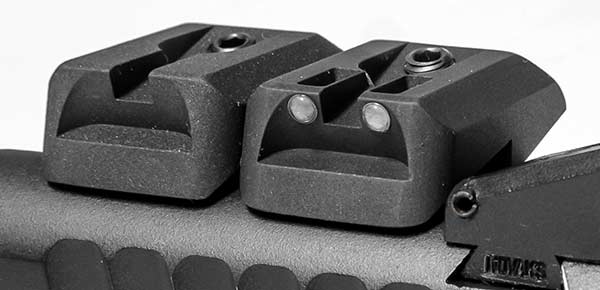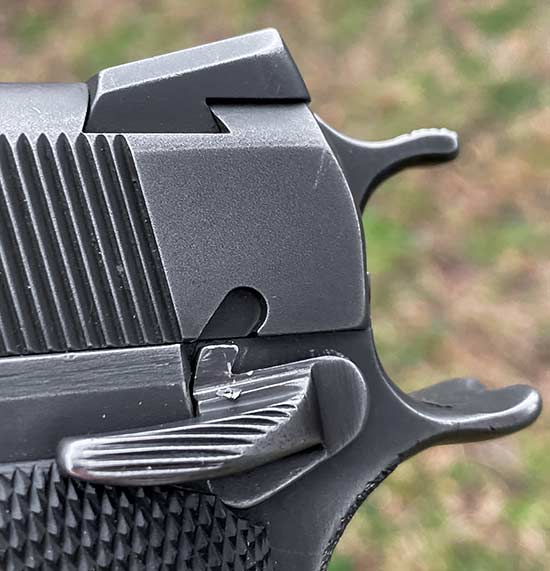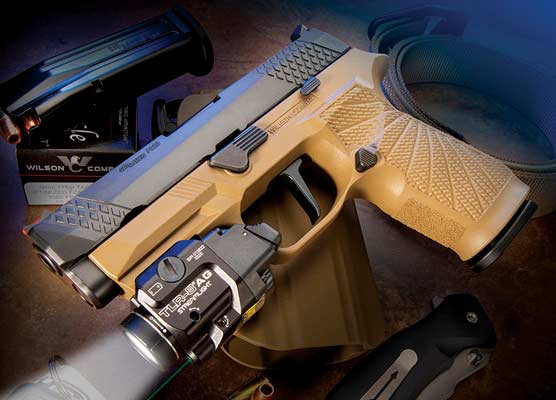The Story Behind Novak Sights
Still going strong 4,000,000 sights later
Most people associate the name “Novak” with pistol sights, and there’s a good reason. In addition to building Browning Hi-Powers for the FBI’s Hostage Response Team, doing the lion’s share of the design work on S&W’s Third Generation series of pistols and serving as a consultant for many OEM manufacturers, Wayne Novak designed the most influential — and most copied — fixed rear sight ever put on a handgun. Named the LoMount, it has appeared on factory pistols from most major handgun manufacturers and can be easily retrofitted onto the rest.
What many shooters don’t know, though, is his influence on the front of the gun is where Novak sights started. After graduating from Colorado School of Trades’ gunsmithing program, where he specialized in high-end shotguns, Wayne accompanied fellow graduate Jack Mitchell on a visit to influential pistolsmith Armand Swenson. Wayne wound up working for Swenson for two years, during which he designed his first rear sight and learned the Swenson method for installing high-profile front sights: machine a slot on the front of the slide, set a 0.125″ wide blank in it and silver-braze it in place.
Sights in Orbit
Traditionally, M1911 front sights sat in a very shallow half-moon recess in the slide, and a stem on the bottom of the sight (called a tenon) protruded through a hole in the bottom of the recess. Installing the sight required peening (also known as swaging) the tenon from the inside of the slide, spreading it out to lock the front sight in place.
No doubt this was adequate for the tiny front sights on original M1911’s, but you also couldn’t see them, which is why we have larger sights today. Unfortunately, as a sight gets larger, it’s subject to much more inertia when the slide cycles at some 300 feet per second. The bigger a sight is, the more strain it puts on whatever holds it in place. Because of this, peened sights will eventually shoot loose, but are not likely to leave the gun.
Not so with silver-brazed front sights, as Wayne learned around 1984 while shooting one of his pistols that used a brazed mount. Although it had been fine for some 30,000 rounds, the sight simply disappeared, ejected into the ether when the gun went off.
Inspired by Ken Hackathorn’s HK P7, which had a dovetail front sight, Wayne ordered a dovetail cutter from Brownells and shaped a new sight to fit that dovetail. Within a week or two he had it installed on an M1911, where he secured it with a roll pin to ensure even if the sight got loose it would not lose its zero.
The alert reader will notice the length of the front sight: It was designed from the beginning to accept tritium inserts — considered pioneering technology at the time. Wayne is quick to point out he’s not the first person who created a pinned dovetail front sight. In addition to the P7, there was one on the 1900 model Luger, but he was the first to do it on an M1911, something we now take for granted.
Rear Sight Revolution
The rear sight was a bit more evolutionary. He had first created a sight for the S&W 745 with the distinctive ramp-like shape at the front that kept it from snagging. This morphed into the LoMount when Wayne contoured the rear of the sight (formerly square to create a bold sight picture) to match the heel of the slide. Virtually every wedge-shaped rear sight you’ve seen was inspired, either directly or indirectly, by this distinctive profile.
Other features include the shadowbox effect of the rear sighting surface drawing the eye to the rear notch. This hollowed out area also protects any tritium inserts, which, like the front sight, the LoMount was designed to accommodate. The sight body also tapers toward the front allowing a broader range of windage adjustment than a straight-bodied sight. In addition to the beefy dovetail, the sight is further secured by a sturdy hex screw.
There have been some minor changes through the years, including the creation of an adjustable LoMount, but the sight remains essentially the same as when it was designed and patented in 1985. Other variants include gold-bead fronts, fiber-optic inserts for both front and rear, suppressor-height sights and a variety of dovetail dimensions to retrofit guns that did not come with Novak sights. Since the LoMount is designed to be snag-free, there is not a version available for the popular but dangerous sight-cocking technique.
Machine Time
Installing sights on slides without dovetails requires some machining; instructions come in the sight package and are available on the Novak’s website. For the front sight, you mill a short, narrow flat on the slide top, locate and cut the dovetail and, once the front sight is installed, drill a hole for the roll pin.
To install the rear LoMount, you machine a large flat with a 1/2″ end mill followed by locating and cutting the dovetail. Those without access to machine tools can ship just the slide Novak’s for installation, which usually has a quick (approximately one week) turnaround. Both the front and rear sight designs are so influential most non-retro M1911 pistols come with a front dovetail and many also have a rear dovetail either patterned after the Novak cut or very similar.
The popularity of those sight cuts is one measure of the influence of Novak sights. Another is when the FBI spec’d out their new HRT pistol to replace the Hi-Power, they only asked for two things by name: one was a Novak LoMount for which they even gave the part number. The United States Marine Corps also spec’d them on their M45 pistol, and is one of Wayne’s proudest achievements.
A third measure is the number of sights sold. In the 35 or so years they’ve been around, Novak’s has produced or licensed some four million sights, not counting innumerable unauthorized copies.
For those who want the real thing, genuine Novak LoMount sights are CNC-machined from 4130 steel and are marked “Novak’s.”
For more info: www.novaksights.com, Ph: (304) 428-2676

